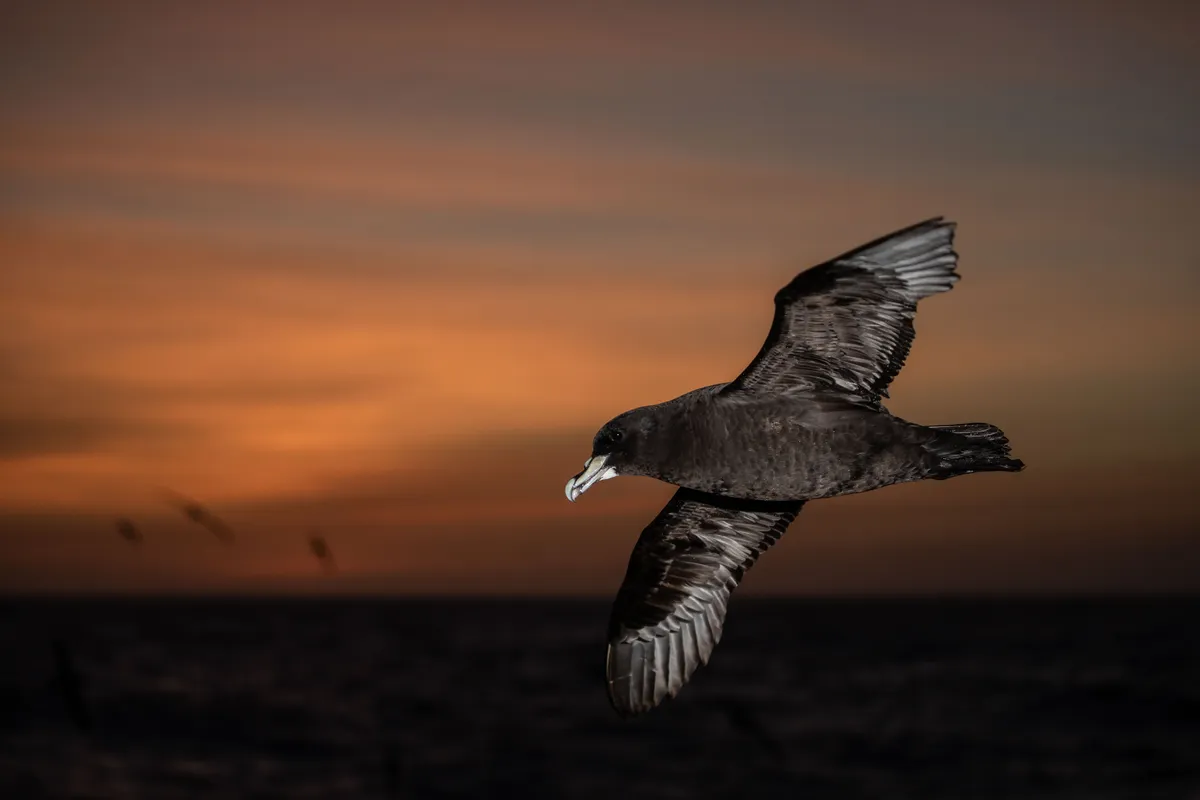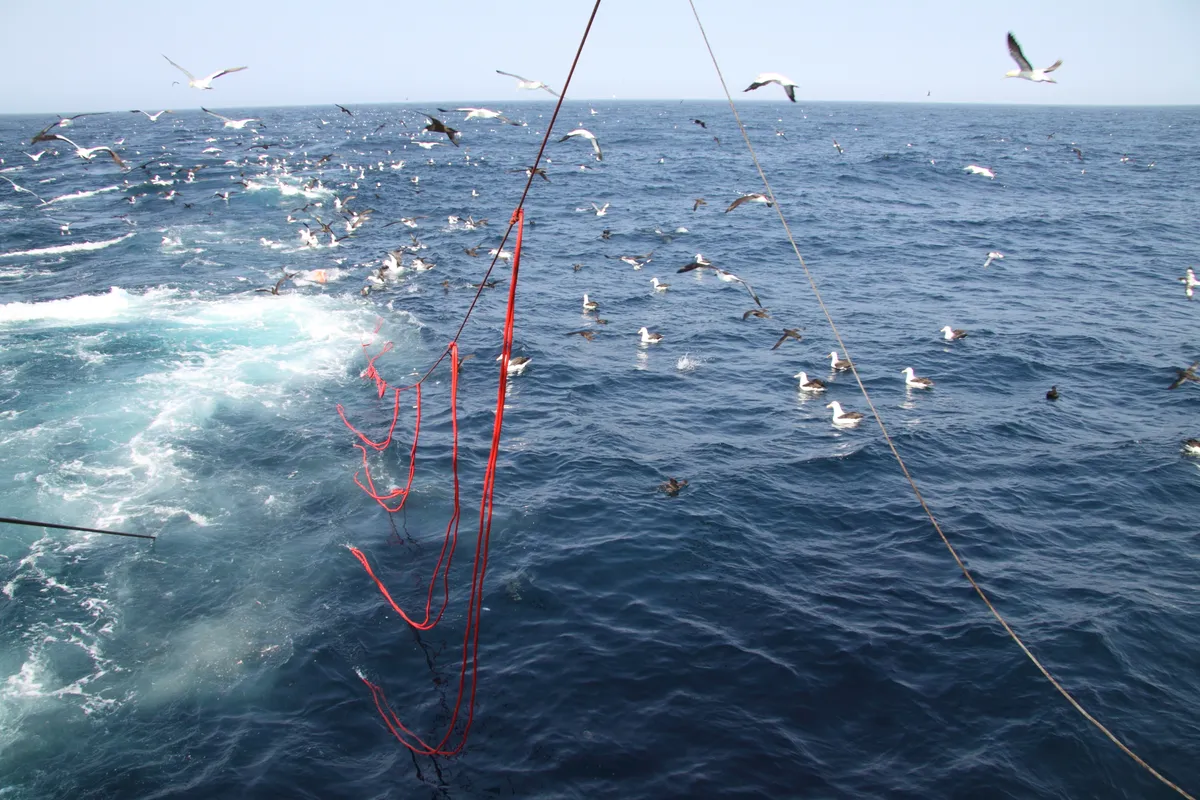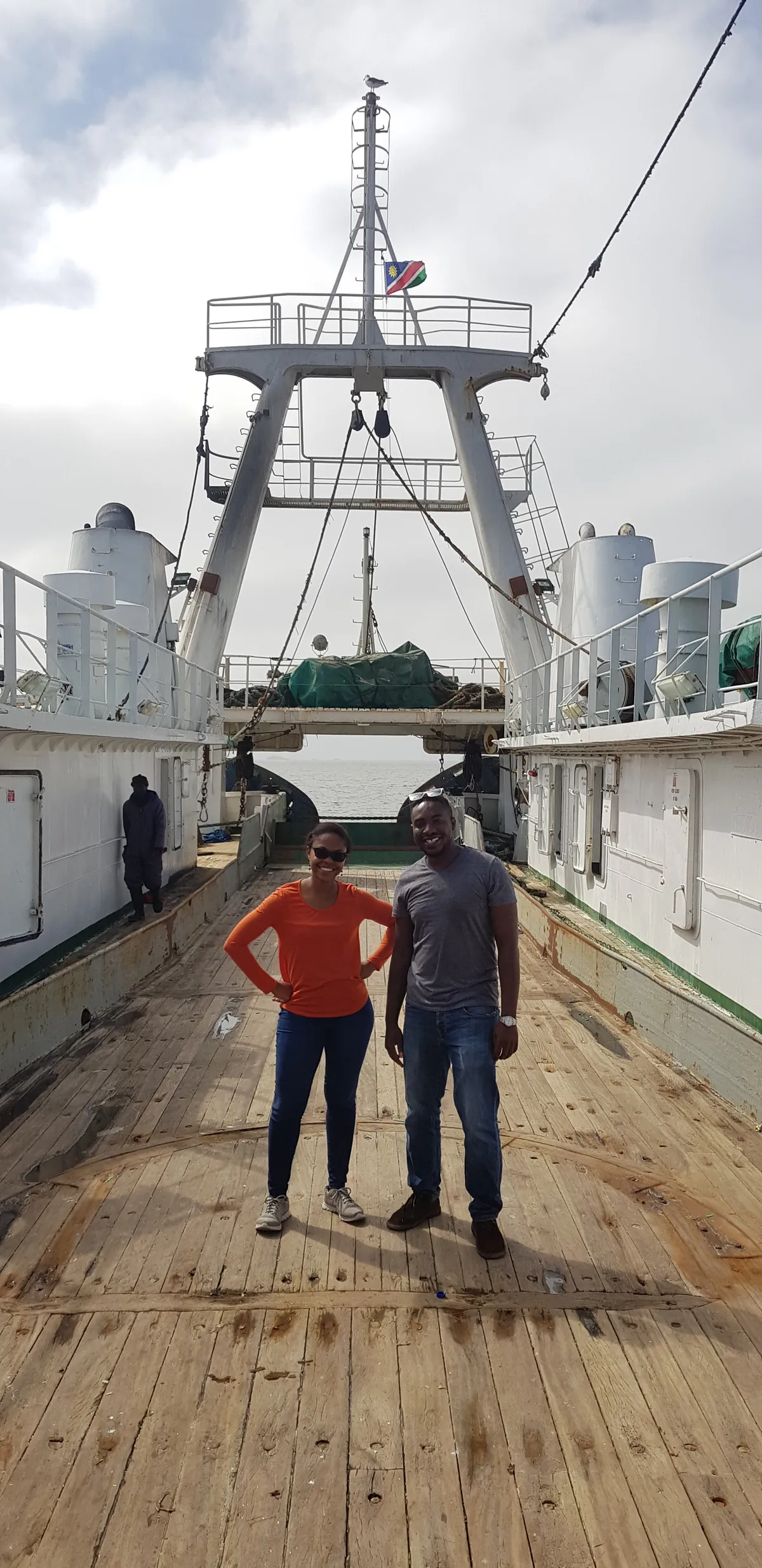Efforts to prevent seabirds from accidentally being killed during fishing operations off the coast of Namibia have been hailed as “a major conservation success”.
According to a new paper published in the journal, Biological Conservation, the introduction of more stringent fishing regulations in the country since 2015 has reduced the overall seabird bycatch rate by at least 90%.
The study also attributes the fall in seabird mortality to work led by the Albatross Task Force (ATF) – an organisation established by the RSPB and BirdLife International that operates bases in South America and southern Africa.
With the assistance of ATF campaigns to promote bycatch mitigation practices among fishing crews, the paper estimates that more than 20,000 seabird deaths are now being prevented in Namibian waters on an annual basis.
Although Namibia’s fisheries have long been regarded as among the world’s deadliest for seabirds, bycatch remains a significant problem around the globe.
Many fatalities are caused by the practice of longline fishing, in which a line of baited hooks is launched from the stern of the vessel and dragged below the ocean’s surface.
Lured by the bait, seabirds will attempt to swoop down on the fishing lines before they have sunk beneath the water, only to become caught on the hooks and drowned.
A significant portion of deaths are also caused by trawler fishing, in which nets are dragged along the seabed behind the boat.
In these cases, seabirds typically collide with the cables that haul the trawl nets through the water, causing fatal injuries.
According to the new study – co-authored by researchers based in the UK and Namibia – as many as 30,000 seabirds were killed each year by Namibian hake fisheries between 2009 and 2012.
Of these fatalities, Atlantic yellow-nosed albatrosses (Thalassarche chlororhynchos, main image) and white-chinned petrels (Procellaria aequinoctialis) were among the most common victims. These two species are listed as Endangered and Vulnerable on the IUCN Red List.

However, after the introduction of new bycatch laws by the Namibian government in 2015, survival rates dramatically improved.
Whereas an estimated 22,222 seabirds were killed by longline fishing fleets in 2009, this had fallen to just 215 in 2018.
Similarly, researchers also noted a reduction in fatalities involving trawlers: in 2017 (the most recent year data was available), bycatch rates put the number of seabird deaths linked to trawling at 1,452, compared to 7,030 eight years earlier.
Overall, the study largely credits the fall in seabird mortality to the requirement for all Namibian vessels to deploy bird-scaring lines (BSLs) while fishing.
The low-cost devices – consisting of colourful streamers that extend from the rear of the boat – scare seabirds away and prevent them from interfering with fishing equipment.

In turn, the paper links the success of the measures with the ATF’s on-board equipment demonstrations and grassroots awareness programmes, which have ensured that crews have stuck to the regulations on a long-term basis.
The success of Namibia’s bycatch mitigation efforts mimics the drastic reduction in seabird deaths previously seen in South Africa, where measures promoted by the ATF saw the hake trawl bycatch rate plummet by 95% in 2014.

The organisation now intends to focus on achieving identical results in Argentina and Chile, where it also has dedicated teams.
“The [fishing] industry has done a remarkable job to reduce seabird bycatch so substantially over such a short period,” says Titus Shaanika, a senior ATF instructor in Namibia.
“The big challenge is to keep up those hard-earned reductions, and to wear them as a badge of honour – we can and we must do more of this across the world if we want turn the tide on biodiversity loss.”
Main image: Atlantic yellow-nosed albatross courting display. © Ben Dilley

